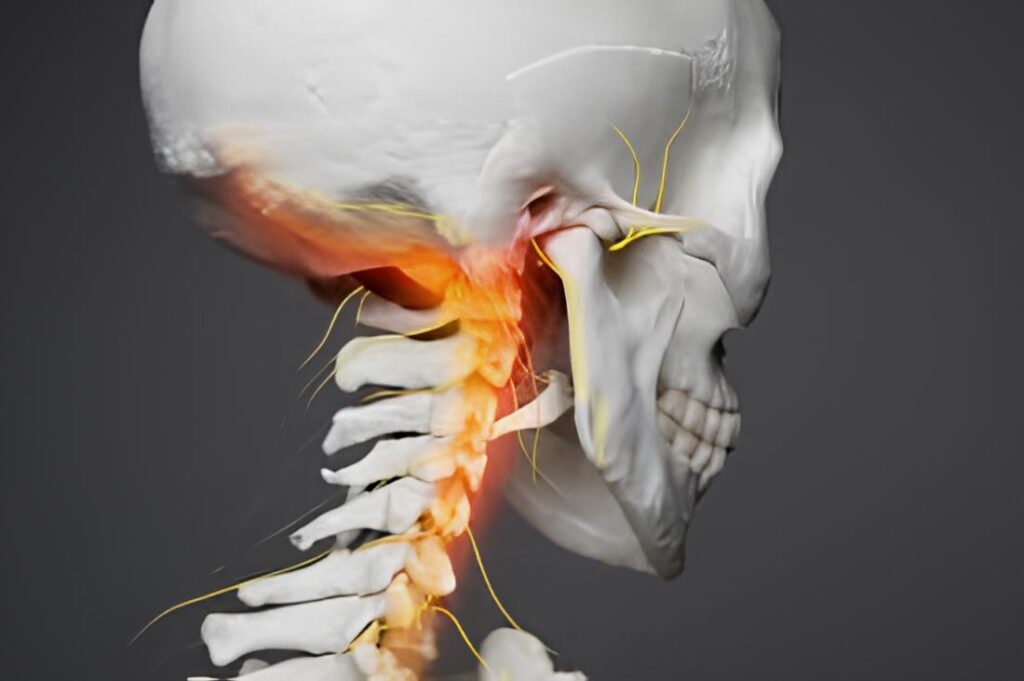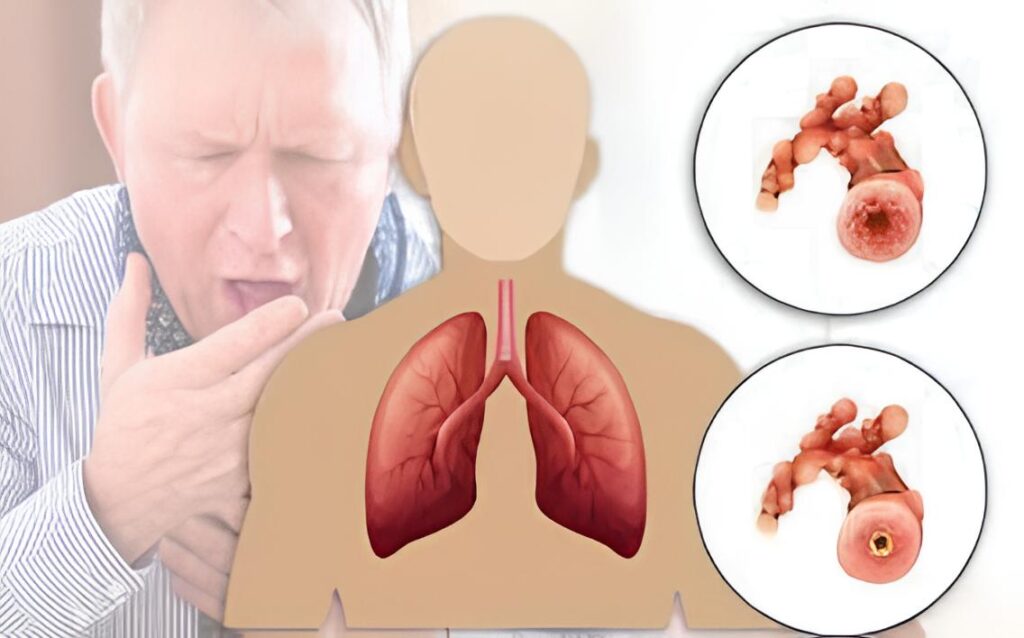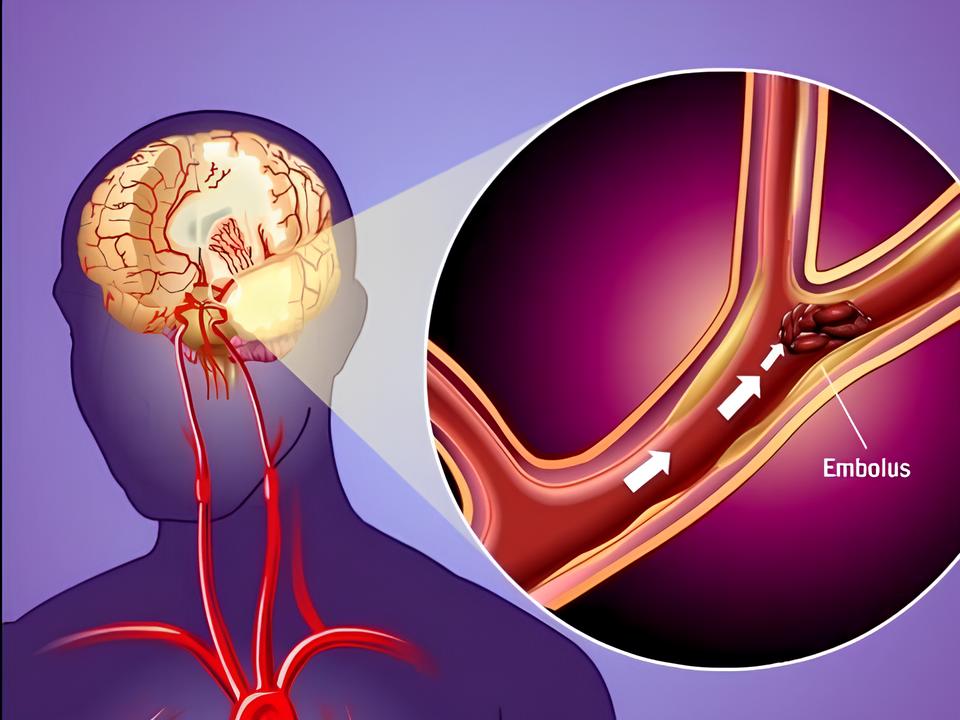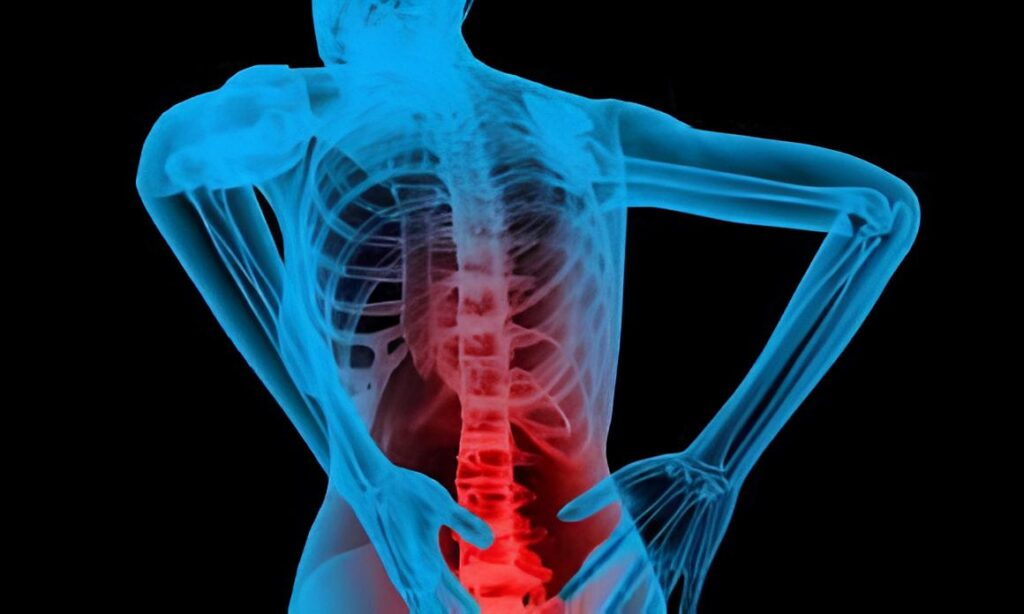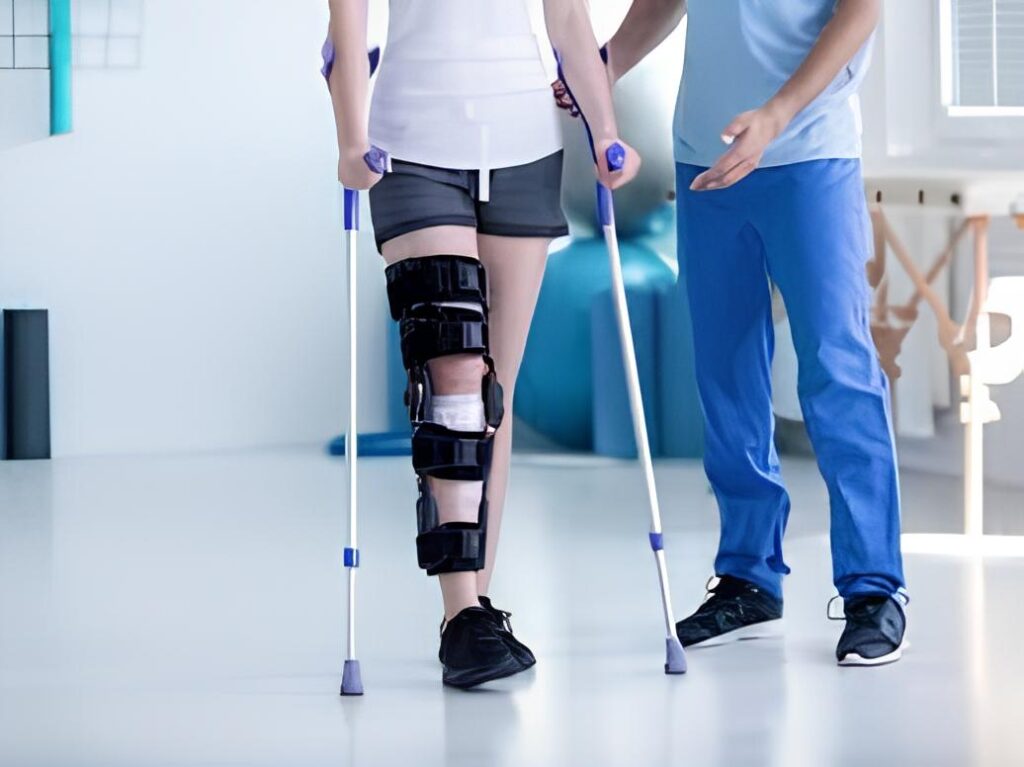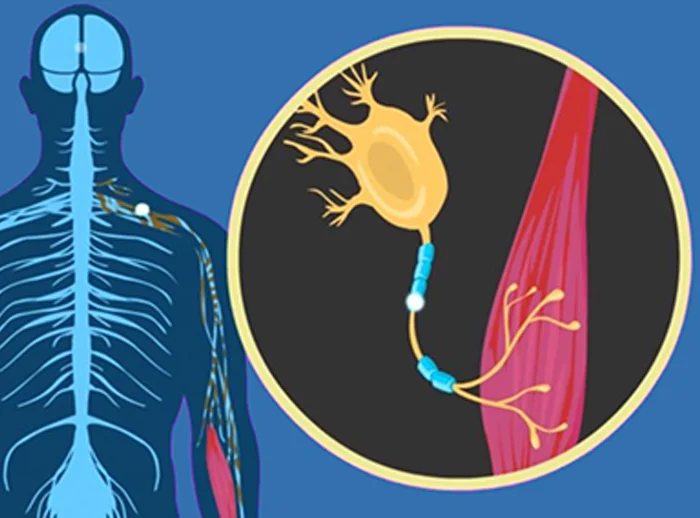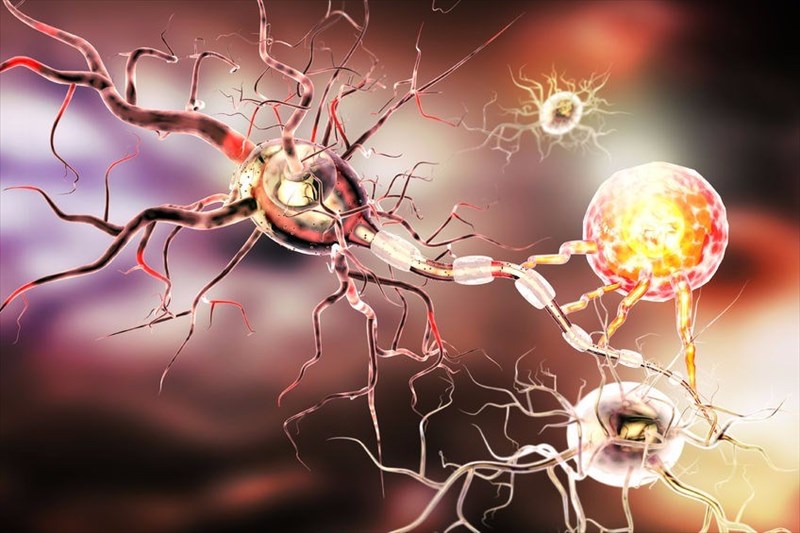Dyscalculia
Definition of Dyscalculia Dyscalculia is a specific learning disability that impairs a person’s ability to understand and work with numbers. It disrupts the typical development of arithmetic skills and affects a person’s confidence in handling everyday tasks involving math. Research suggests, it is largely brain-based, with differences observed in areas of the brain responsible for …


